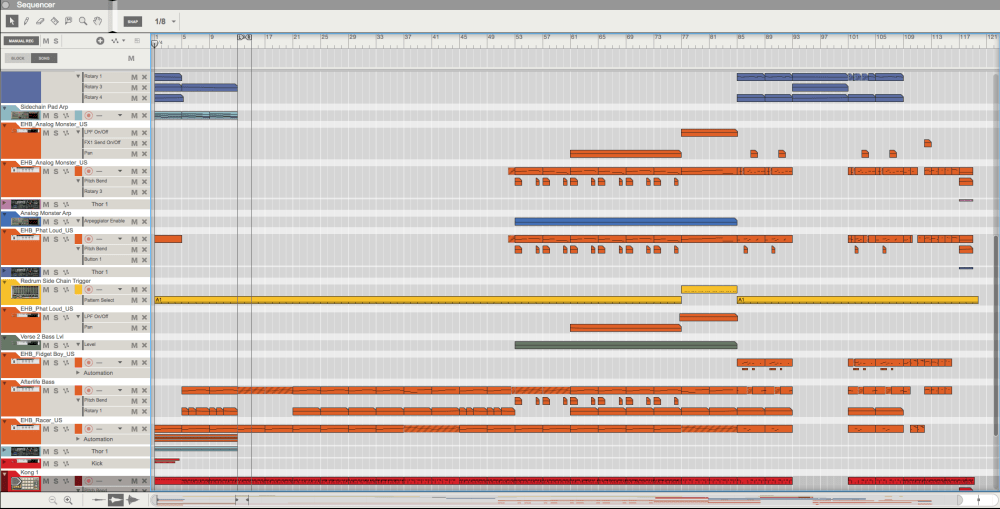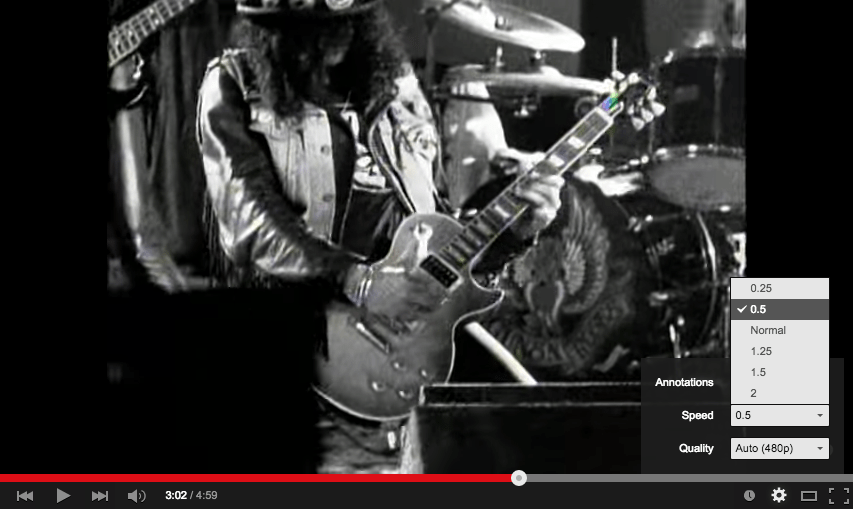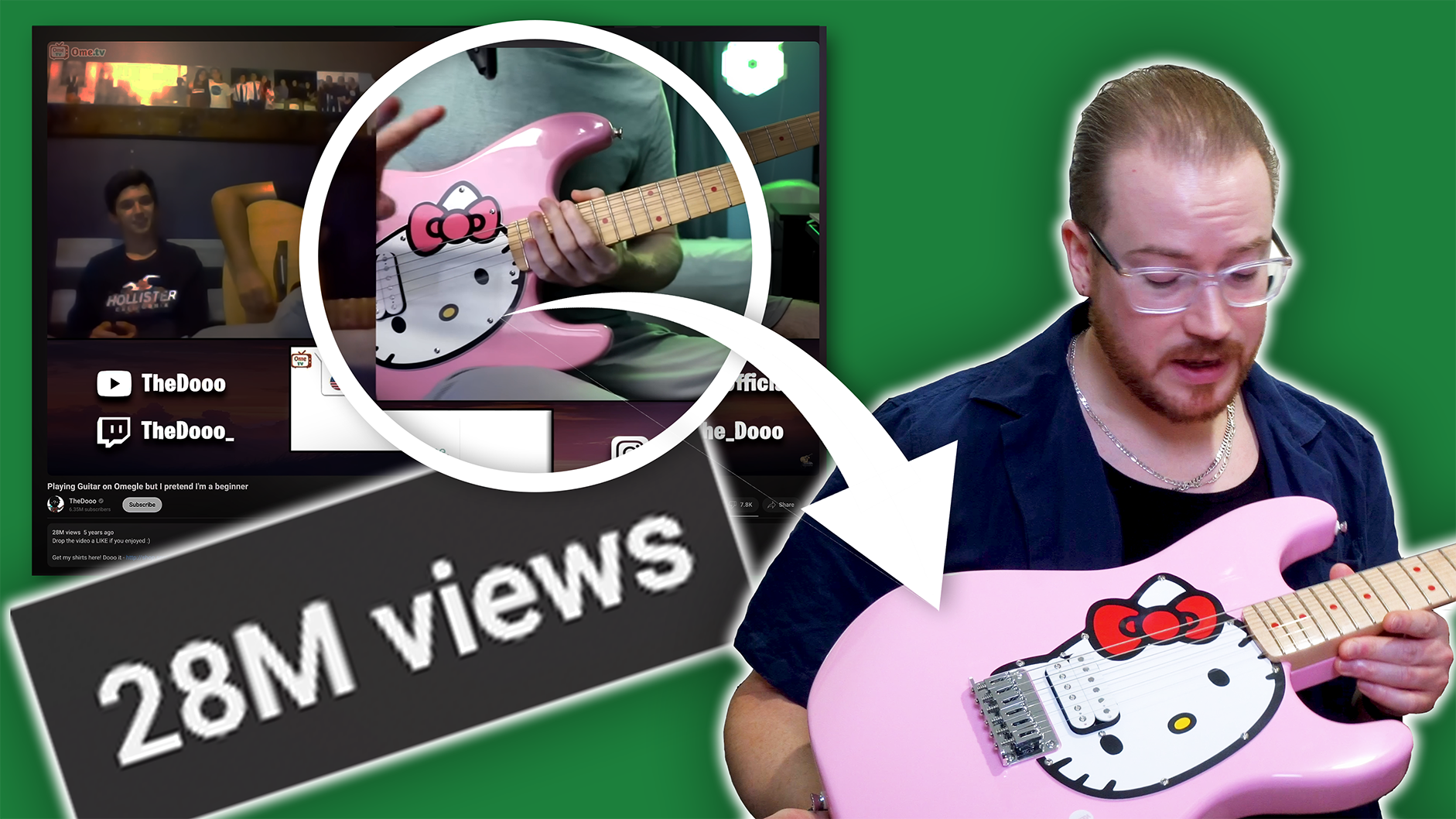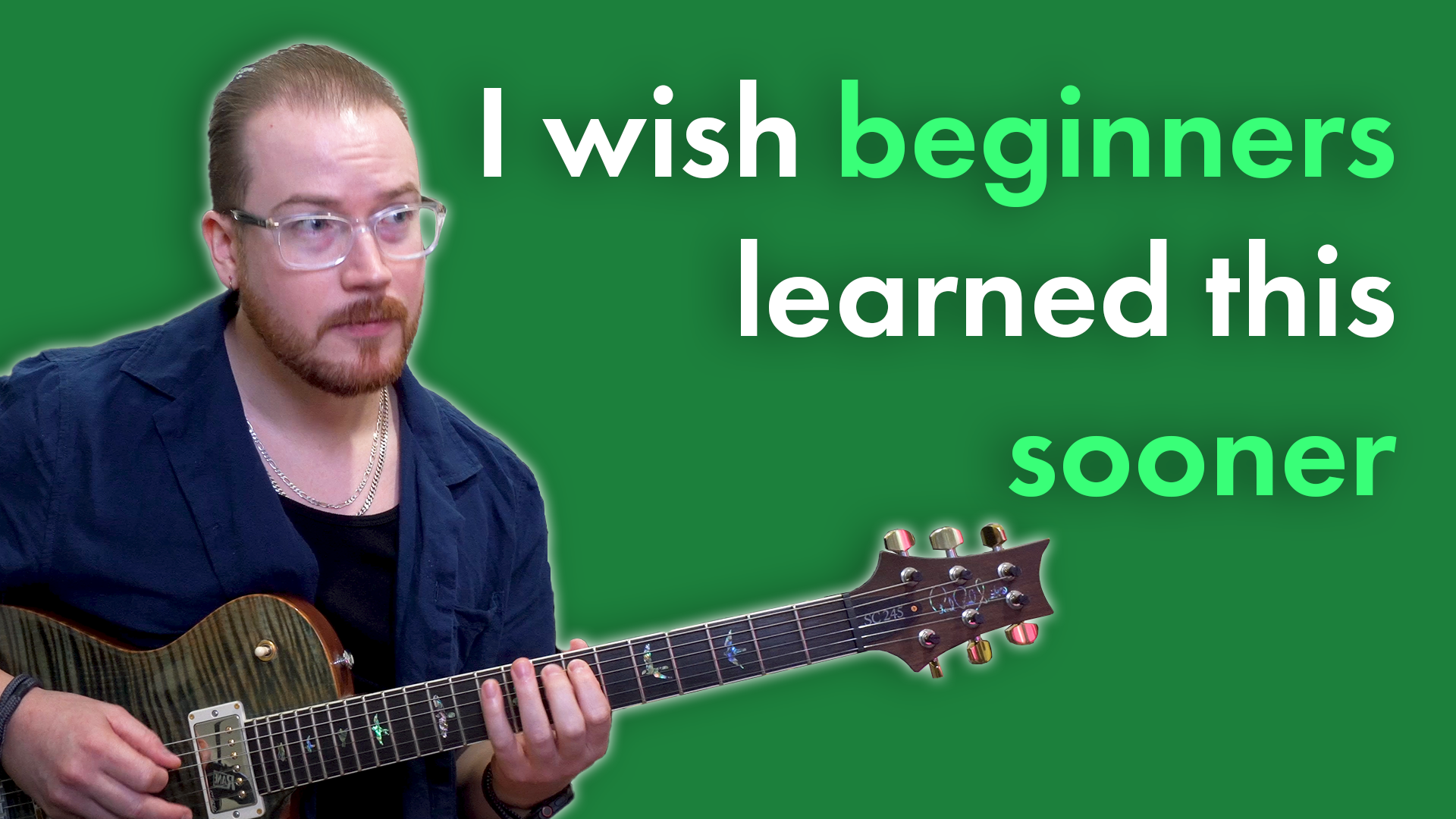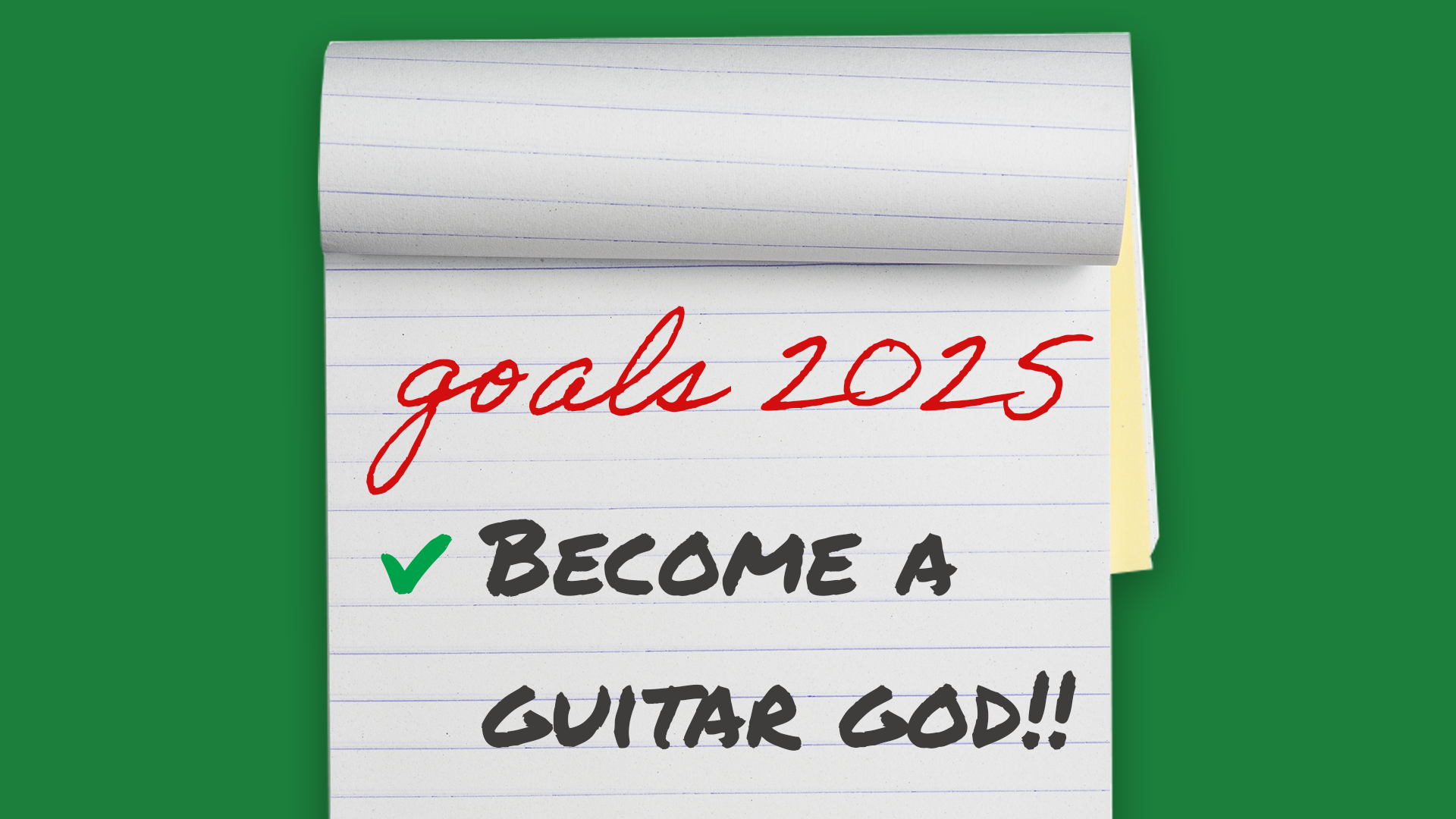Are You Forgetting To Develop Your Musical Ear?
One of the most valuable things you can do as a musician is improve your aural skills with ear training. Spending time regularly developing your musical ear will fast track your skills as a musician and give you a whole new appreciation when you are listening to music as well.
When I began learning music, I didn’t really do ear training. Instead, I spent my time learning music theory and trying to incorporate that into my playing. It was only after I started getting more advanced with my instrument, playing in more bands, and producing my own music that I realised the damage I was doing to my musical career by failing to improve my aural skills.
If you’ve ever gone overseas or tried learning another language before, you’ll know what it’s like when you first try to communicate. You don’t understand anything! When they open their mouth all you hear are random sounds and foreign noises. It might sound pretty good, and you can pick up a bit of how they feel by the tone of their voice, but you don’t know what it means. Over time, however, you start learning what individual words sound like, and how they are strung together to form sentences. All of a sudden someone will be talking to you and you’ll realise you understand what they are saying. You’re speaking the language!
The same thing happens with music. We can appreciate how good it sounds, and even have an emotional reaction to a particularly moving piece of music. But if we don’t work on developing our ear, it doesn’t go any further than that. As a musician, you need to commit to understanding what you hear. With a little practice, you’ll be listening to a track and realise you know exactly what is going on. You will appreciate music on a whole new level.
Here are some ideas you can put into practice to develop your musical ear:
Listen for the tracks within a track
A song is made up of a lot of separate tracks that are stacked on top of each other and mixed together to form the final song. Before it gets to this stage, the track will be manipulated in the session view of a DAW (Digital Audio Workstation) to get the structure and arrangement sorted. In the screenshot below you can see what this looks like, and how it forms the overall shape of the track.
It takes some practice before you can be aware of all the different parts of the track that are playing at the same time. Often sounds you hear are the result of multiple instruments all playing the same thing. Learning more about music production will help you learn to hear when this is happening, although sometimes it’s impossible to tell.
When you practice listening closely to a track, start by focusing on one sound and listen to it for the entire track. When do the drums stop? When do they start again? Are there multiple guitars doing different things at different times? How is the sound of the synth changing over time?
Here are a few music production terms that will give you an idea of what to listen out for and help you describe what you are hearing:
Panning – Where is the instrument placed in the stereo spectrum? Is it on the left side, the right side, or is it moving around? (Check out the virtual barbershop video)
Frequency – Where is the instrument placed in the frequency spectrum? Does the instrument have a low pitch, a mid range pitch, or a high pitch?
Depth – Does the instrument sound close to you, or far away?
Real musicians tune their instrument
When you sit down to practice, make sure your instrument is in tune. Over time you will learn what your instrument should sound like. Your ear will develop and you will be able to recognise a note that is slightly flat, or a little bit sharp. If you are practising with an instrument that is out of tune, you’ll end up confusing your ear because it will sound different every time you play it.
Sing while you play
The more time you spend with your instrument, the more familiar you will become. Eventually, you will find you are able to play exactly what you hear in your head on your instrument. You will know where to put your fingers, and what techniques to use, to achieve the sound or melody you wanted to play, not the one your fingers just ended up doing. Singing what you are playing is a great way of developing your listening skills and improving your familiarity with your instrument. It helps connect what’s going on in your head with what’s going on in your hands.
When we sing, we open our mouth and out comes the melody we were thinking of. There is nothing in the way between your thought and the music you create. However, when you play an instrument, there’s another link in the chain. If you don’t know exactly what’s going to happen when you put your fingers in a certain place, you will be limited in your ability to communicate what you are hearing in your head. This is especially important for styles like Jazz, which rely heavily on improvisation. Practice singing what you play by humming the melodies of the songs you are learning, or the lines you come up with when you are improvising.
Intervals are just bits of songs
Every melody is made up of intervals, so being able to hear and recognise different intervals plays a significant role in improving our aural skills. There are a number of ear training apps for iOS and Android, which you can use to practice your aural skills. Although, I’ve found the easiest method is to take the melody of a song you already know and associate it with an interval. For example, the interval of a perfect octave is the start of the melody for the song ‘Somewhere Over The Rainbow’.
Check out this website, which you can use to generate a chart of songs that you know to help you learn how each of the intervals sound.
All about that bass
A great way to improve your musical ear is to practise listening and playing along with the bass line of a track. It doesn’t have to be a bass guitar playing the part, you can practice this with any track from Beethoven to Bieber. It also doesn’t matter what instrument you play, the key is listening and repeating what you hear. The bass is responsible for providing the underlying harmony, so by learning what the bass is doing in a song, you are indirectly improving your knowledge and understanding of chord progressions, and your ability to hear them in the context of a track. Once you’ve got the bass line, you can start listening for the chord quality (whether the chords are major or minor), and try to figure out the chords of the song. After you think you’ve got them, look up a chord chart online and see how accurate you were. Make sure you start with an easy song if you haven’t done much of this kind of thing before.
Sing the song on your instrument
Another variation would be to play along to the vocal melody or lead line of the track. Vocal melodies often aren’t very complex and are relatively easy to play along with on your instrument. You could kill two birds with one stone by also singing the melody while you play. This exercise is pretty straight forward if you can find the key of the song, the major scale is usually all you need to know.
Put down that chord chart
Although it takes a little bit of work, learning to play a whole song without using a chord chart is a great way to put all the ear training skills you are learning together. Start practising this with simple songs, so whether you’re into the Top 40 or not, check out the ‘Top Music Videos by Genre’ playlists on YouTube. These songs are often pretty simple so they are a great place to start for this exercise. Use the speed feature on the YouTube video to slow down the track to make sure you’re playing the quick changes accurately.
Start trying some of these ideas once or twice a week in your practice and watch how your musical ear improves!
What other ways have you used to practice you aural skills?

